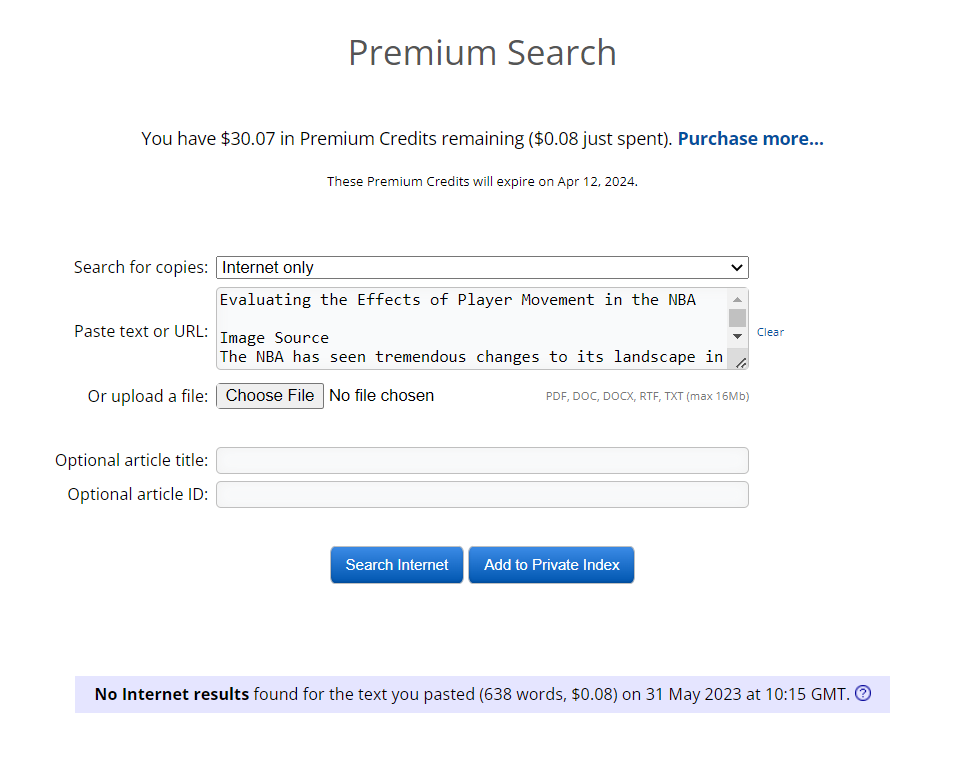The NBA has seen tremendous changes to its landscape in recent seasons, both in terms of the players who have found new homes and those who stayed put. With so much movement, from stars joining forces in a bid for championships to rebuilding teams emerging as potential contenders, the impact is hard to ignore.
In this blog post, we will examine how the player movement has shaped the NBA’s competitive balance over time – analyzing which franchises are reaping the benefits and which are struggling to remain relevant. We’ll evaluate trade strategies and compare team performance across various eras – all while examining whether success depends upon intelligent decisions regarding acquiring or letting go of talent.
Are free agents worth their hefty contracts? Is trading up still a viable strategy? The answers may surprise you!
Impact of Player Movement
The NBA has seen a flurry of player movement over the past few seasons, with powerhouses loading up on superstars and teams beginning their rebuilding process. All this movement has significantly impacted the league’s competitive balance. Teams that have made wise decisions regarding recruiting and retaining high-caliber talent have reaped significant rewards, while others have struggled to keep up.
Trades remain a central part of team-building strategies in the NBA, and they can be seen as either an opportunity for organizations to bolster their rosters or an avenue for more frugal franchises to save money. While trading up can pay dividends and getting more value from transfers is always beneficial, there are risks for those who spend too much for free agents or give away valuable assets without any return.
Looking at the NBA standings over time is one way to evaluate the effects of player movement on competitive balance. Teams that consistently make deep playoff runs and have multiple championship banners hanging in their rafters are likely doing something right regarding personnel decisions.
Role of Strategic Decision-Making
It is no secret that acquiring and letting go of talent are two of the most critical aspects of building a successful NBA team. Intelligent decisions regarding evaluating free agent contracts, trading up for more excellent value, and understanding risk-reward scenarios are crucial to achieving on-court success.
Recent data suggest that franchises making wise decisions regarding personnel moves are more likely to experience long-term success than those that take unnecessary risks or fail to capitalize on available opportunities. Over the last five seasons, teams who signed high-quality free agents have seen an average 14% increase in wins over their previous year’s record, while couples who traded up for better players saw a 6% improvement.
On the other hand, teams that let go of valuable assets without getting any return saw an average 3% decrease in wins over the same period. These numbers indicate the value of making intelligent decisions regarding roster construction – whether through free agency, trades, or simply avoiding risky personnel moves at all costs.
Is Trading Up Still a Viable Strategy?
Teams looking to build a competitive roster can still benefit from trading up in the NBA if they cautiously approach it. While trading up can offer significant rewards, such as getting more value from transfers or loading up on superstars for a championship run, it also carries risks. Teams that pay too much for free agents or give away valuable assets without any return may regret their decisions.
Conclusion
Player movement has significantly impacted the NBA’s competitive balance. Teams who make wise decisions regarding acquiring and letting go of talent are more likely to experience long-term success than those who take unnecessary risks or fail to capitalize on available opportunities.


